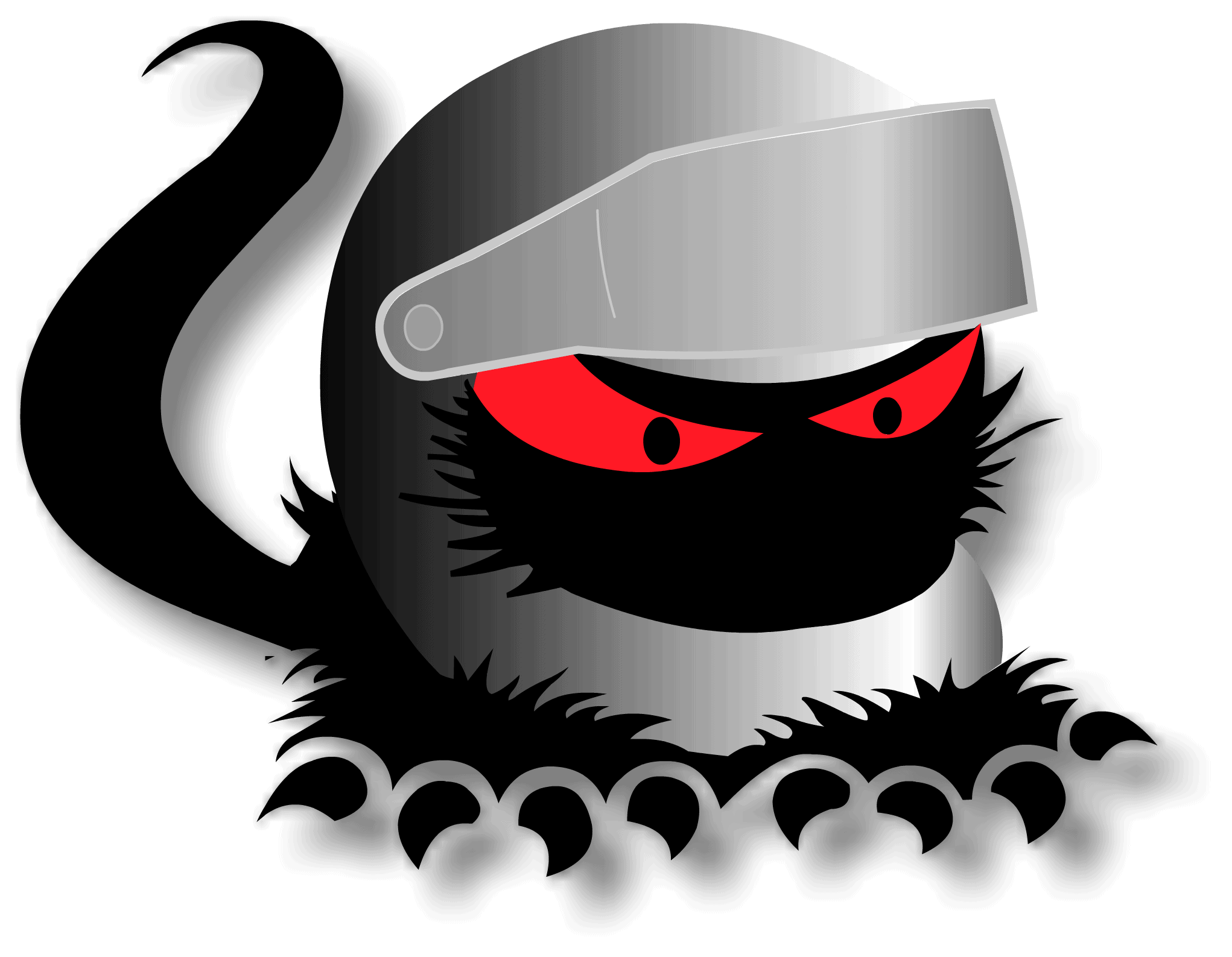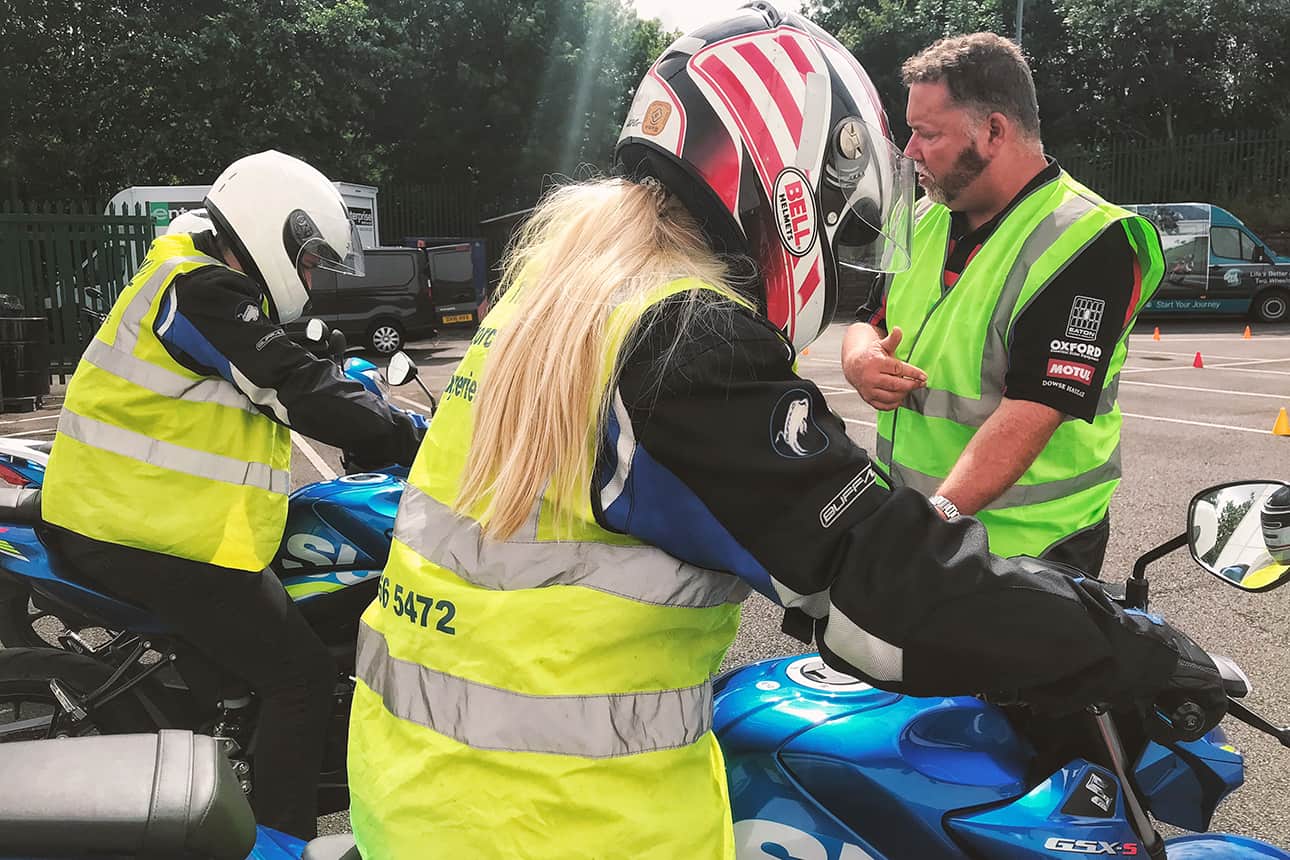What to expect… on your Compulsory Basic Training (CBT)
According to the MCIA statistics released at the end of June 2020, sales of scooters were up by 43.1% and motorcycles by 8.0%, when compared with June 2019!
It is thought that more and more people are turning their back on packed public transport and car sharing, and moving to powered two-wheels as a mode of transport due to COVID-19.
The first step for many on their two-wheeled journey is the CBT – that’s Compulsory Basic Training by the way – so we thought we’d share some insight on just what you can expect and how it’s changed recently…

What is it and who needs to do one?
Contrary to popular belief, your CBT isn’t a test – so rest easy, you can’t pass or fail! Although you can be asked to go back for more training.
It’s basically a course to make sure that you can ride safely while you’re practicing to do your moped or motorcycle test, but many people don’t want to ride anything bigger than they can do on their CBT and aren’t bothered by the L-plates, so just choose to renew it every two years. If you don’t renew it or take your full test, then you can be given a hefty fine and penalty points.
There are some people who don’t need to take a CBT and the full list can be found on the Government website. Exemptions include: if you passed your car driving test before 1st February 2001, have a full motorcycle licence for one category and want to upgrade to another or you want to ride a motorcycle and have a full moped licence from passing a moped test since 1 December 1990 and if you live and ride on some offshore islands.
What can you ride when you’ve taken it?
Your age will make the difference on what you’re able to ride once you’ve completed it. If you’re 16 or over, you can ride a moped. If you’re 17 or over then you can ride a motorcycle up to 125cc with a power output of 11kW. You’ll need L plates (or D plates in Wales) on whatever it is that you’re riding though…
Where do I start?
First step is booking it – you can book directly with your local motorcycle training centre. Ask friends who already ride for recommendations, nip into your local dealership and ask who they work with or type it into a search engine. There are some trainers who are MCIA-approved or who have manufacturer backing, it’s down to you as to your preference. Costs vary between schools as they can be set by the trainers.
You’ll need a provisional driving licence so you may need to apply for this before booking it.
How can I prepare?
The course is designed for complete novices who have never experienced two-wheels before, however a general understanding of road signs and markings is important. We’d suggest picking up a highway code or doing some research before you go. The trainer can stop the course if they feel that you don’t have a high enough level of knowledge. Don’t be afraid to ask lots of questions when you’re booking yourself in though as to what is expected of you.
What do I need to take with me?
Your trainer will run through the items you need to take but a usual checklist includes: a driving licence, listening ears and your mobile to tell your mates you’ve got your CBT certificate at the end of the day.
In all seriousness, you just need to take your driving licence and wear suitable clothing. If you don’t wear appropriate clothing, then your course can be stopped – and we don’t want that!
What counts as suitable clothing?
It’s understandable to not be fully kitted out when you’re taking your CBT, especially if you are heading into the world of two-wheels for the first time.
You’ll need a motorcycle helmet* that meets British safety standards, motorcycle boots or other sturdy footwear with ankle protection, textile or leather motorcycle jacket and trousers or heavy denim ones with several layers underneath and motorcycle gloves.
Some trainers will have a selection of kit that you can borrow, but due to COVID-19, it’s a good idea to take your own as it will limit the transmission of any germs!
*unless you’re Sikh and wearing a turban.
Can I use my own moped or motorcycle?
You can – if you have an existing valid CBT certificate – but not if it’s your first CBT.
What can I expect on the day?
Firstly you’ll have your eyesight checked and an introduction to the moped or motorcycle and its relevant parts. There will then be on-site training and riding and then you’ll head off onto the road to do some training and riding. Your trainer will be assessing you to see if you’ve learnt the theory and then shown the skill to a ‘safe basic level’.
There’s a full ‘syllabus’ on the Gov.uk website if you want to take a look in a lot of detail but essentially the trainer will be looking for your machine control – including use of the brakes, gears (if relevant) and carrying out the right observations. On the road, they’ll be looking for position, distances, speed, anticipating other road users actions and preparing for hazards. They’ll also be keeping an eye on your attitude – so be a responsible and polite road user.
It usually takes a full day – but this will depend on how quickly you learn and pick things up. The on-road section must last two hours as a minimum as a requirement.
How many people will be there?
You will normally train in a group – however there are strict rules set by the DVSA (that’s the Driver and Vehicle Standards Agency) as to how many people there are allowed to be. For the on-site section there should be no more than four learners per trainer and when you head out on the road there should only be two learners per trainer.
Has anything changed because of COVID-19?
A ‘Code of Practice’ for trainers has been issued, developed by MCIA Ride and the Driving Instructors Association (DIA), with the support of DVSA and it’s packed with suggestions on changes that can be made to ensure that everyone is kept as safe as possible.
Suggestions include: smaller group sizes, trainees to bring their own riding equipment, ear phone and refreshments and adherence to the two-metre social distancing measures. However, these are only suggestions,your training school will be able to talk through any special precautions with you and advise you on what they’re doing specifically.
Any top tips?
Listen to your instructor. They know what they’re talking about and have undoubtedly done hundreds – if not thousands – of CBT’s. Take your time, apply what they tell you and enjoy it. Keep in your mind that it’s not a test, you’re just showing the instructor what you can do. Good luck!
 Compulsory Basic Training
Compulsory Basic Training
So what are you waiting for?!
#StaySafe, #StayAlert, #StayPositive and keep washing those hands (yes, it’s still important!).


